A new business-critical software purchase requires planning and commitment. Whether your business is buying window and door software, accounting software, your first ERP, or upgrading from a legacy system that no longer meets your needs; understanding your software implementation timeline and commitments can help you plan and resource for a successful project.
You’ve spent the last 4 to 5 months ‘interviewing’ multiple software providers to evaluate and select the best platform for your business needs. Countless hours, pros and cons, and analytics have led you to this point. You feel great about your decision. You press the button and ‘voila!’, you’re moving forward. But, the work is only just beginning.
You’ve poured in a lot of effort thus far, and you feel confident about the end result being a success. Why wouldn’t you? You’ve done your research, but implementation is a crucial component of a successful software purchase.
So, what does that mean for you?
How can all your hard work lead to a poor result? The simple answer depends on you; yes, your ability to hold your vendor accountable, but also to hold yourself accountable.
When you began this project implementation process, did you think about resource allocation for the “aftersale,” to set yourself up for success? Do you have a person or team dedicated to providing all of the data collection that is critically necessary to share with the vendor? Bad data (or lack of data) leads to bad results. Often, collecting the right data takes time and patience, but most importantly it requires commitment and resources.
Do you know what time is required?
A good vendor will discuss with you a delivery method that is both sound and reliable. The Agile Method, for instance, requires customer meetings every 2-3 weeks to gauge progress and adherence to the original scope of work. Your role in these meetings is critical to the success of the implementation.
Choosing a software solution for the digitalization of your business has a vast array of benefits that lead to time savings, material savings, efficiencies not previously recognized, and most importantly, enhanced profitability. You wouldn’t have made the choice if these factors were not highlighted. But your role in this process is vital in making the vision you have for your business become a reality.
